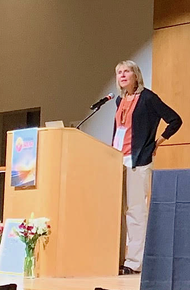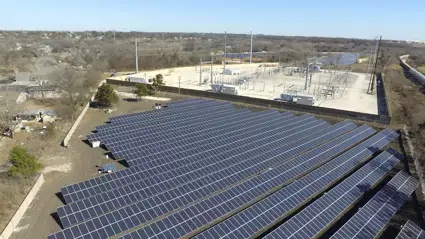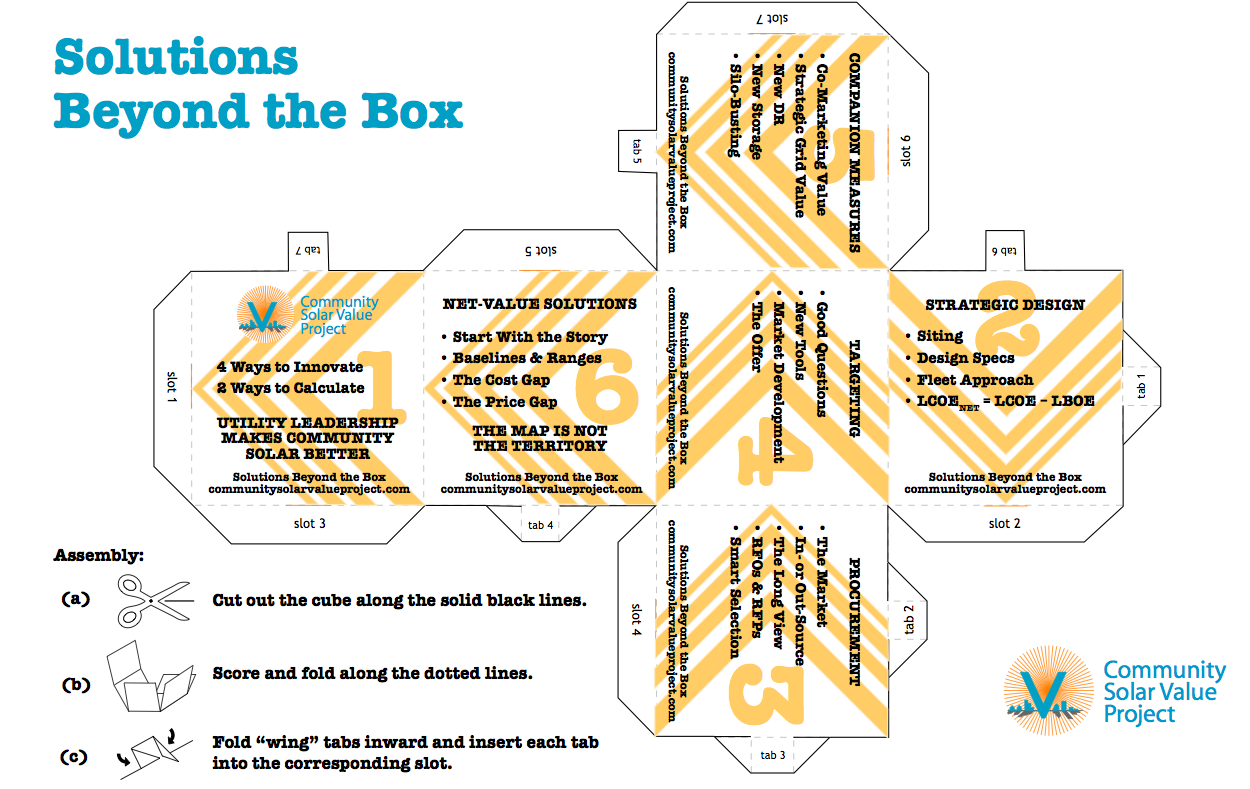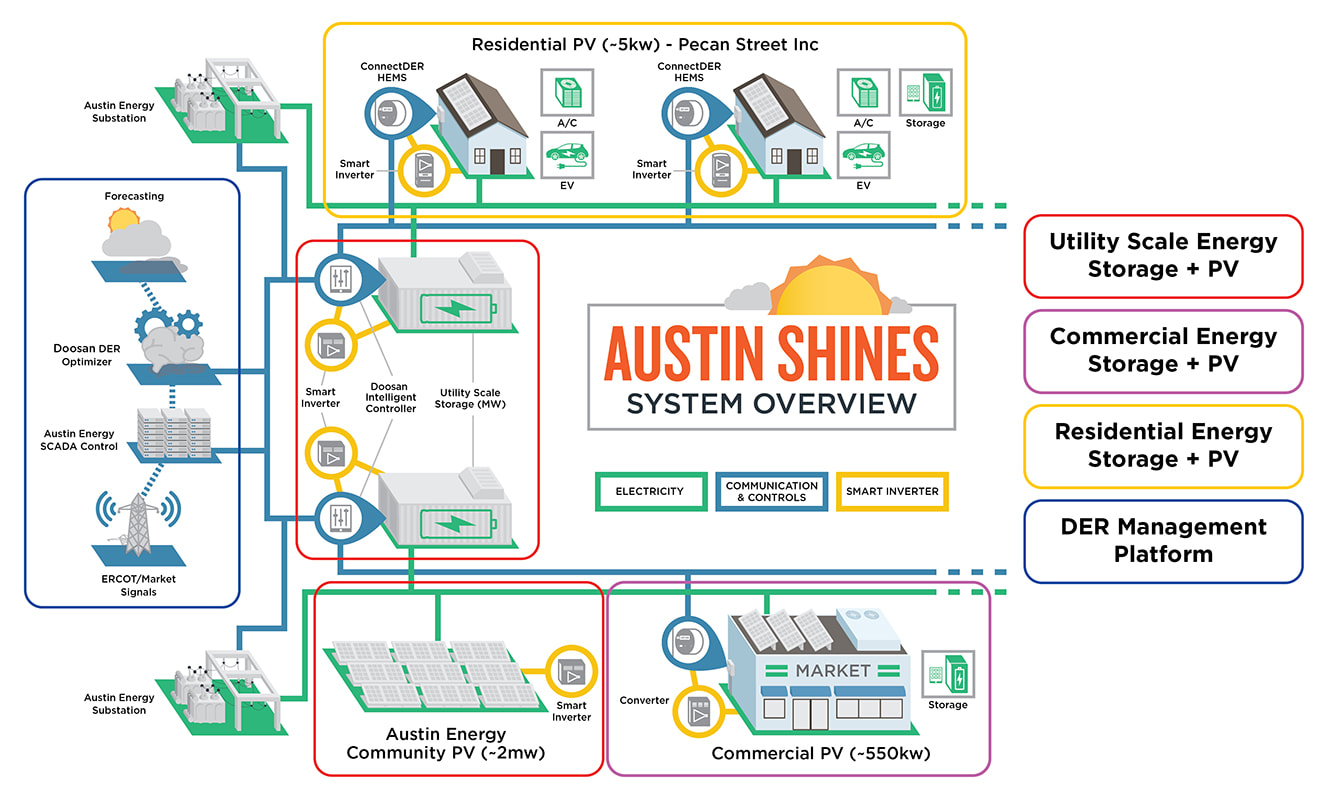 Jill Cliburn at ASES: Looking for a hero
Jill Cliburn at ASES: Looking for a hero Most of these new solar heroes didn’t ask for the chance to lead. Most are relatively new to the issues surrounding climate and the energy transition, and some of them deeply wish their world would stay the same as it’s been. That includes a common wish to simply preserve the private farmland and range land that has been part of their landscape for years. I speak from my own experience, since a proposed 100-MW solar project, with about 50 MW of storage turned up literally on my horizon near Santa Fe, NM. Would I become a local solar hero? Speaking from my own experience, I know it took some soul searching to accept the short-term impacts of solar and storage development. I made my decision to support it, but it can be gut-wrenching to stand up in front of neighbors who are increasingly opposed to solar, wind, and energy storage for reasons that are often heartfelt, if mis-informed. Fear of the unfamiliar is a powerful force. I have the advantage of years of professional experience in solar, and a recent background working with utility-interconnected battery storage. So public engagement is probably easier for me than for today’s new citizen-heroes. But I know firsthand that the assignment is tough.
At ASES, my colleague Colter Adams and I shared our survey of the literature pertaining to this new NIMBY movement nationwide, and we shared original research on improved methods for taking in and understanding public input related to new solar and storage developments. On behalf of the Solar Value Project, we will release a white paper this fall that builds out that initial research.
We begin by explaining a plain fact: that the scale of solar development needed in the U.S. by 2035, (based on NREL’s analysis, using the “all options scenario”) calls for building, on average, more than 1,000 MW of solar a week. It also assumes increasing battery storage 5 to 15 times over, compared to what we have today. Contrast this with findings in a 2023 report from Columbia Law School, which cites nearly 300 projects for solar and other renewables that have encountered serious local opposition. Local siting restrictions are in place in some 35 states, and nine states have imposed statewide restrictions on siting renewables. This NIMBY trend has been covered by NPR radio, The New York Times, Mother Jones, and widely respected energy podcasts, like Dave Roberts’ Volts. In my experience, the trend is even more ominous—and more complex—than most of these sources portray.
Our presentation argued that this is not a struggle that can be won through top-down policy decisions and legal strategies. Such approaches may win the day, but only anger citizens who do not feel heard, thus leading to greater and more widespread opposition. Among other sources, we examined letters received during a county-wide comment period regarding the project proposed for Santa Fe. We used conventional analysis tools and tested several relatively quicker applications of artificial intelligence (AI), such as geographic mapping, word cloud analysis, and Chat GPT. We established a methodology to spot trends among issues and tone of the letters received, as well as to shed light on opposition sources and transmission pathways.
I will keep readers in suspense as we prepare our paper for publication. But here’s one striking finding: 52% of those in opposition to development volunteered that they support solar energy—"just not here” or not with energy storage.
This finding brought to mind some previous research from Georgetown University on how to boost support for climate action. The Georgetown study identified a segment of the population that lies between climate deniers and climate action proponents. That segment of people generally accept climate science, but have not been motivated to act. The study concluded that outreach to that middle segment is much more successful than any attempt to engage vehement climate deniers. Might the 52% of letter-writers in our study, who say they would conditionally support solar development, be similarly responsive to outreach? We did not get that far in our work, but it makes sense to suggest that a relatively trusted source, such as a neighbor who has access to clear and well-focused information, could help break the solar and storage siting logjam.
In short, we are inspired by the strong response to our work so far and to the work that others around the country have begun. Understanding the origins and the breadth of the solar NIMBY movement provides a context for more effective action. Discussing the facts in public and in plain English can help.
I believe we have to gather support to populate a citizens’ resource center to help more urgently needed solar heroes. We are proposing something we call the Solar Samaritans Center. We hope to inspire citizens to use outreach and networking skills to build a positive, hopeful movement for solar and grid modernization. We need to help Solar Samaritans everywhere to tell their own stories about how allowing widespread and equitable solar, energy storage, and related developments today can lead to greater innovation, faster—eventually achieving solutions that are convenient and lovely, sustainable and equitable.
If you wish to receive follow-up information, please use the Contact page on this website.









 RSS Feed
RSS Feed